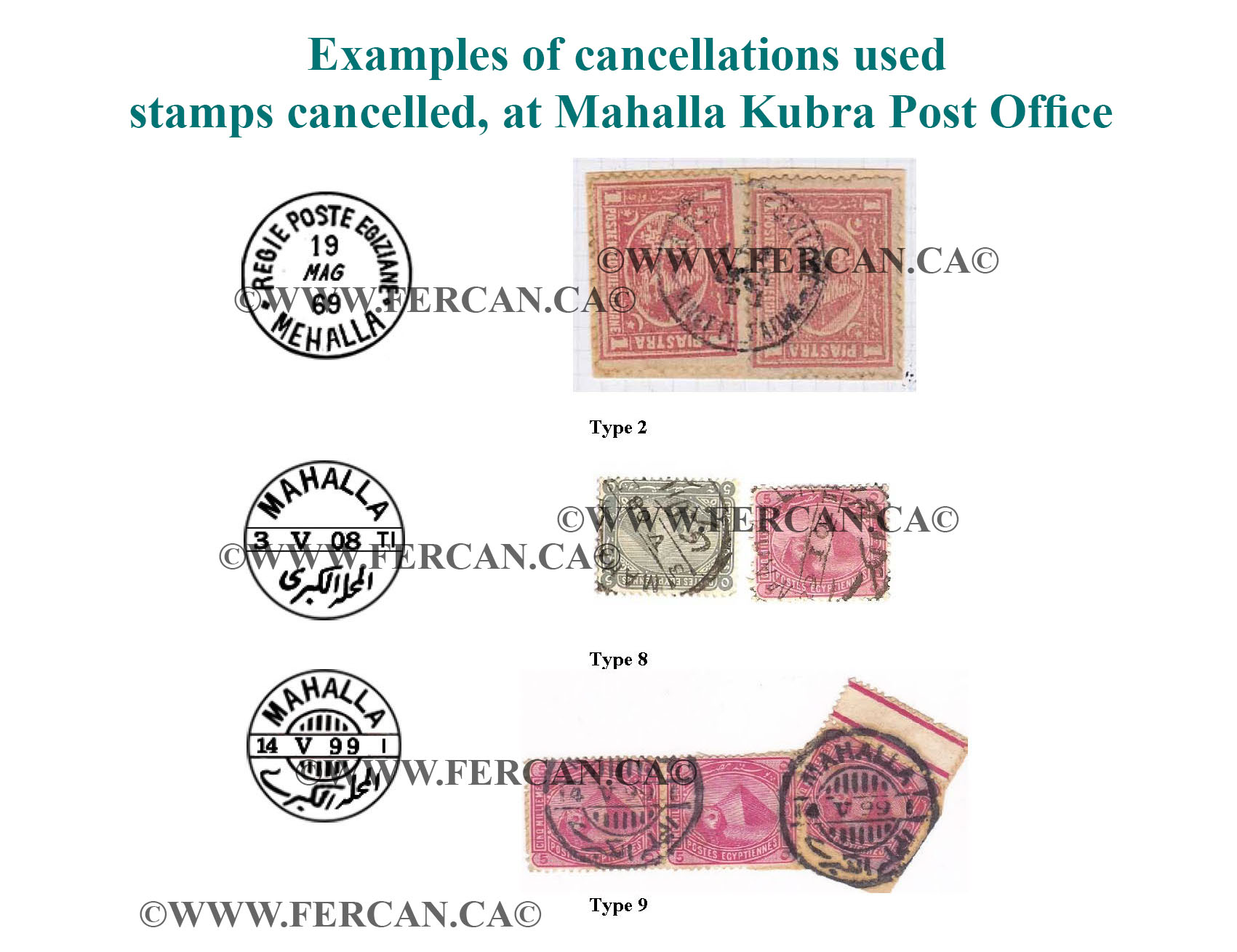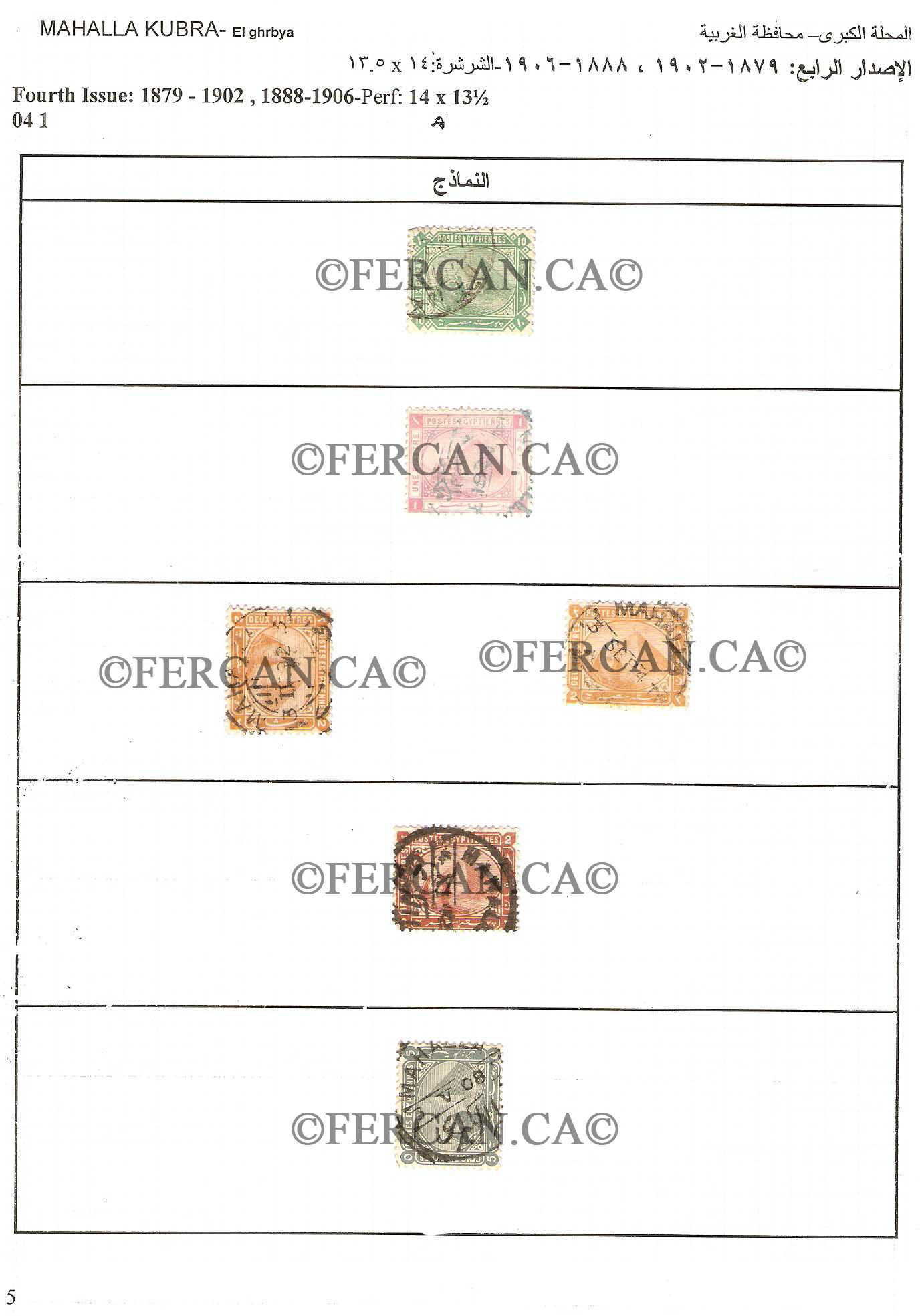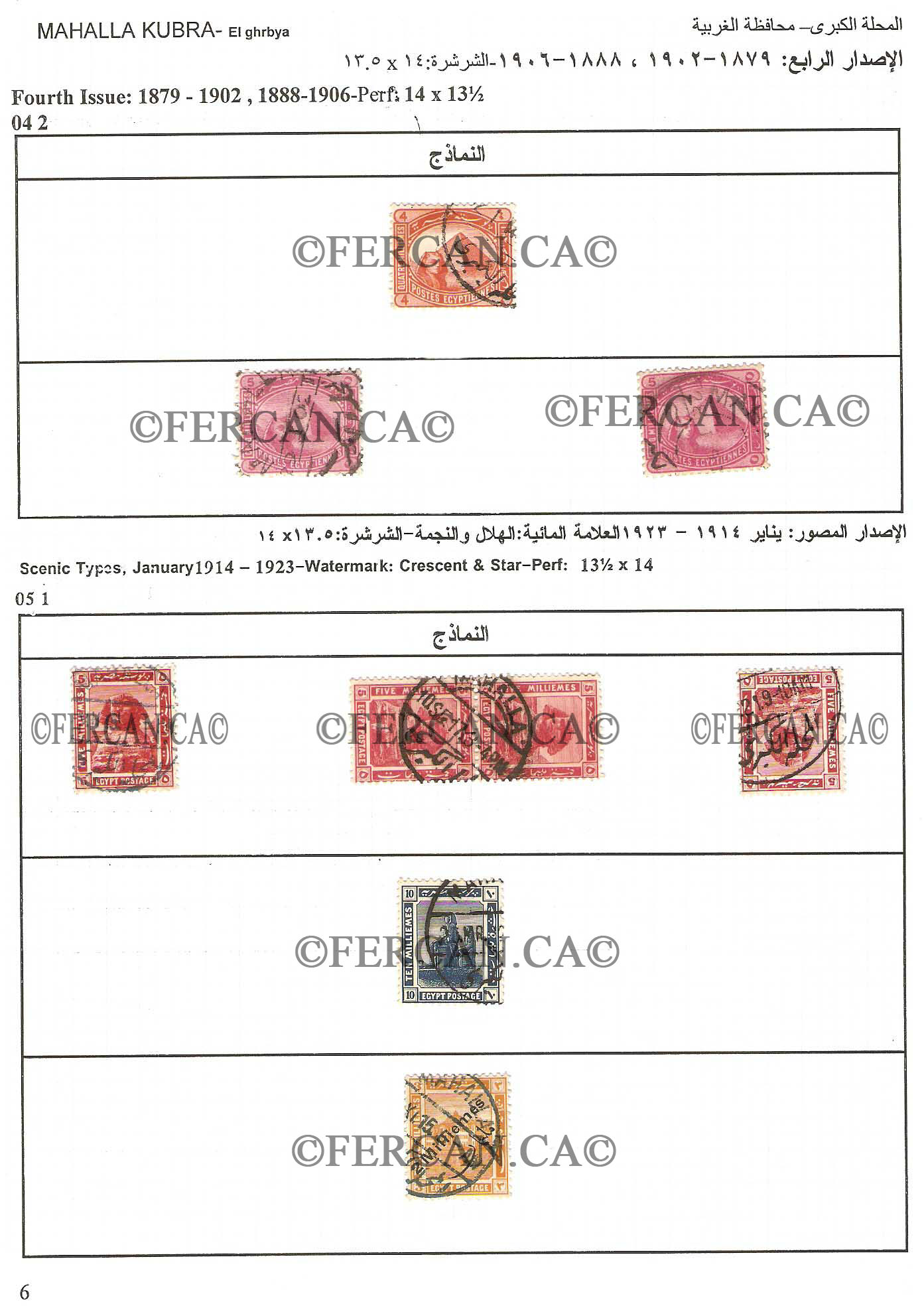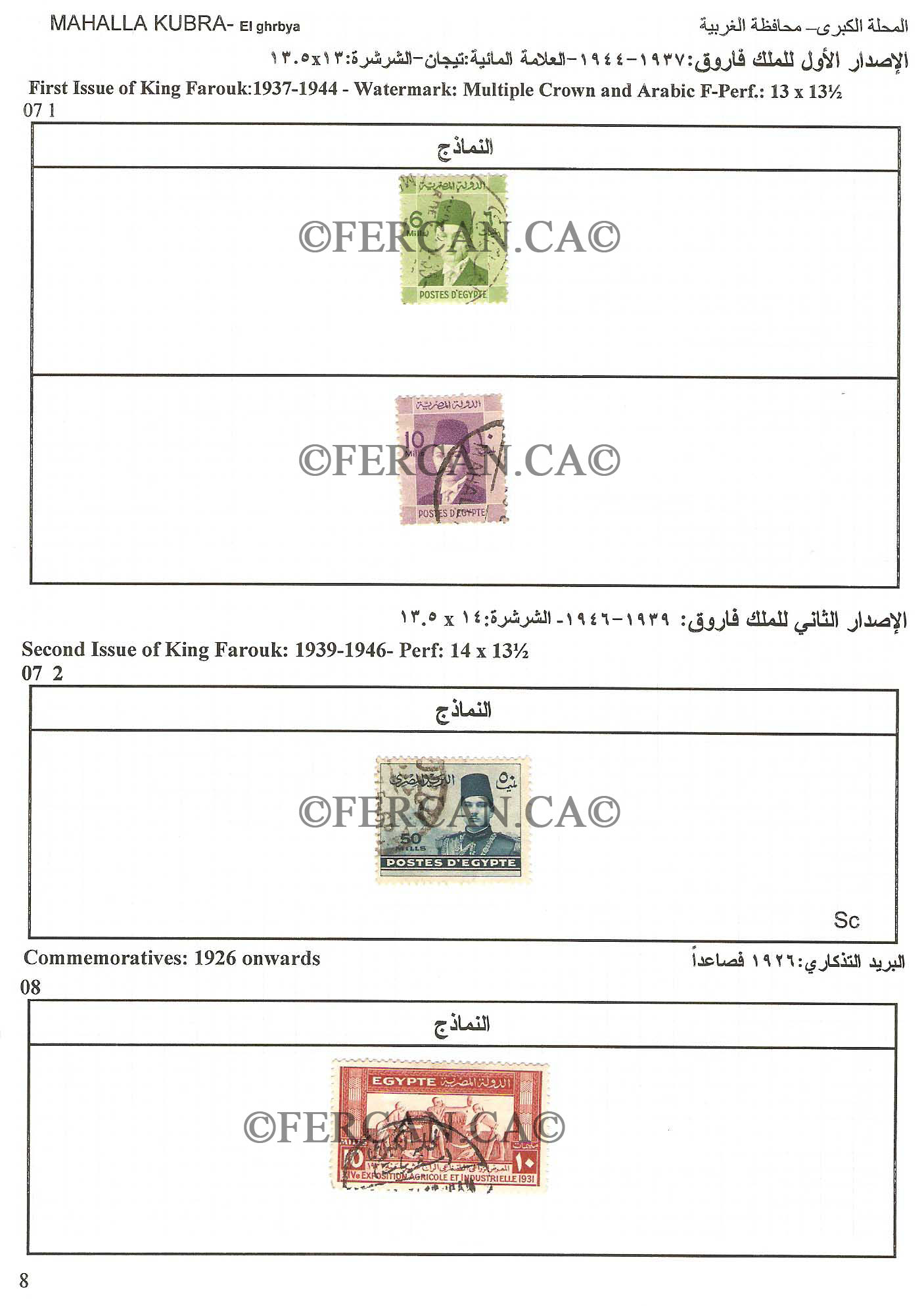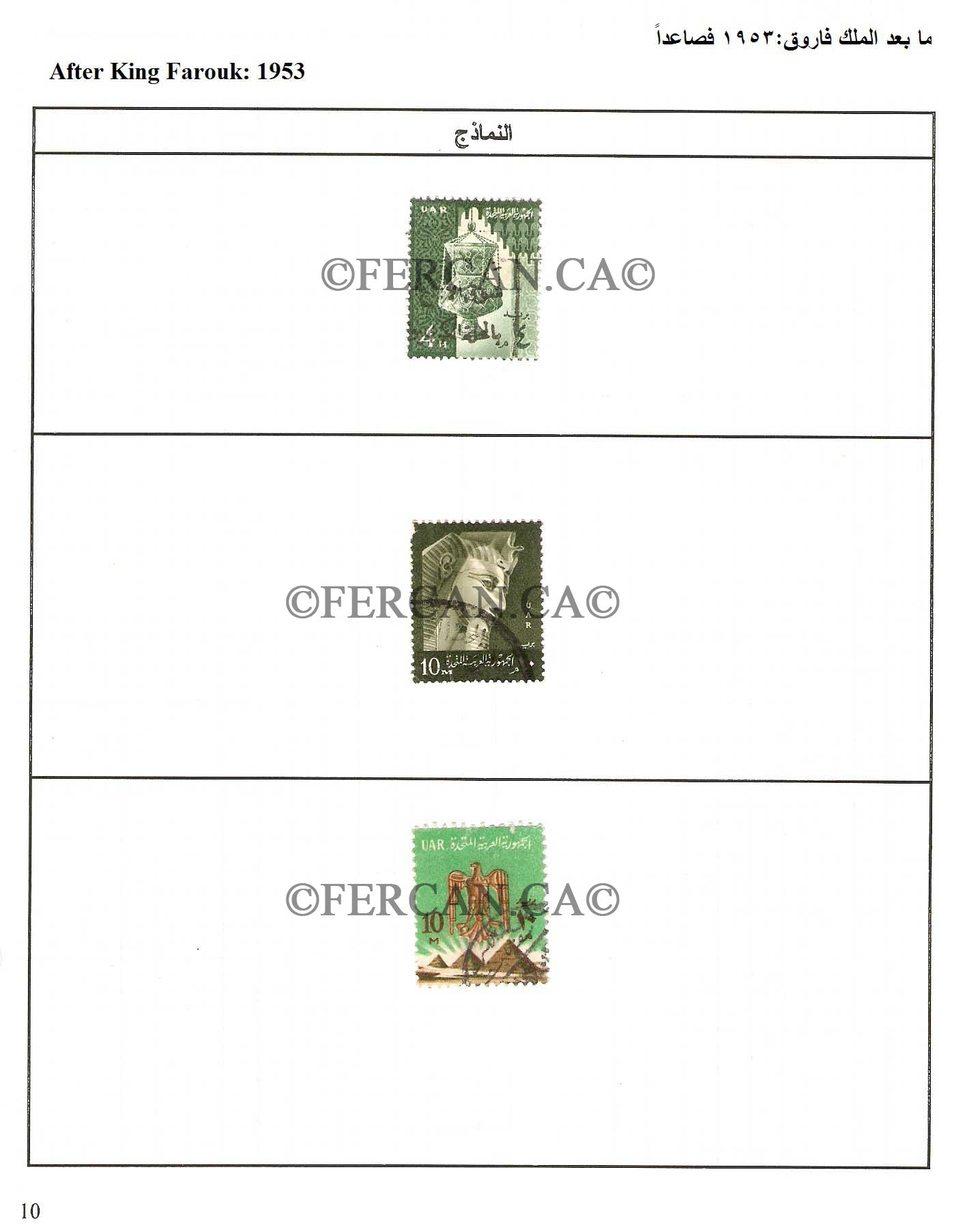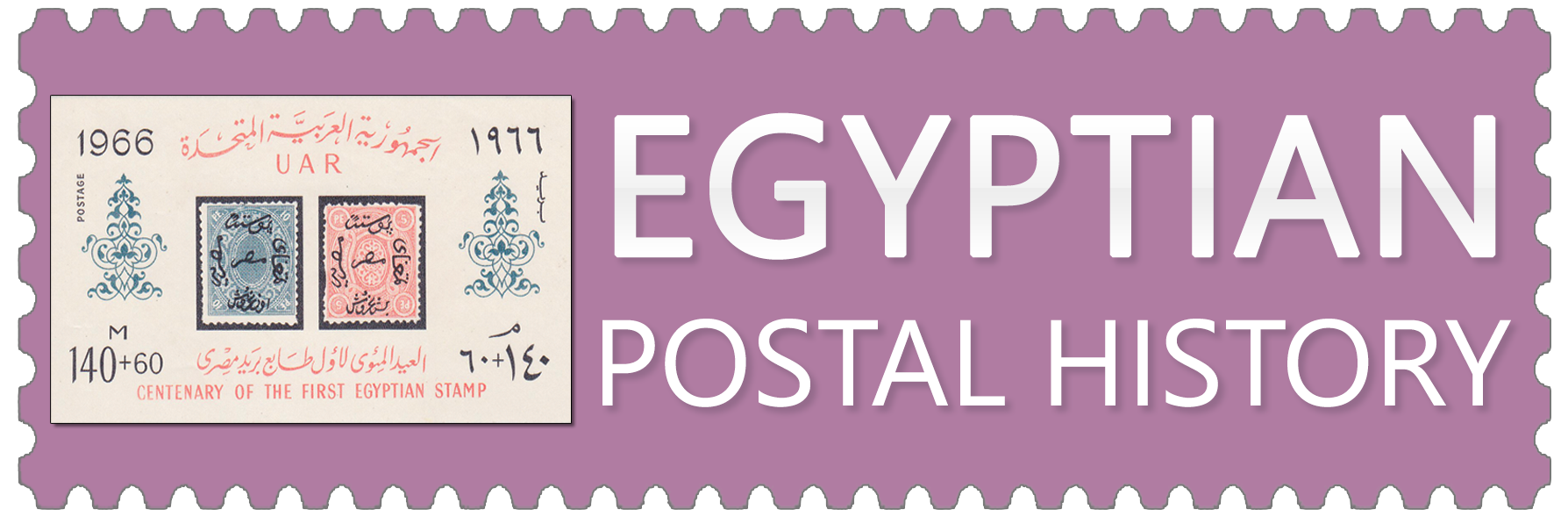Mahalla Kubra is one of the largest cities in Al-Gharbiya governorate and the Nile Delta. It is also considered one of the largest cities in Egypt for population and area. It is the capital of the spinning and weaving industry in Egypt, and home to Misr Spinning and Weaving Company, the largest such factory in the Middle East which employs 27,000 workers.
Mahalla Kubra was known as Dedocia in the Pharaonic era and was a large center in the middle of the Nile Delta until the Coptic and Roman ages, when it was named Mahalet Doqla. It was known as The Smaller Ministry because it contained a place for the residence of princes and sheikhs. The name was then modified to be Mahalla Kubra.
In 1320, during the time of Al-Nasser Qalawun, it became the capital of Al-Gharbiya province and was called the Administration of Rawdat El-Bahrien. It then became the capital of this large administration which included the entire Nile Delta except for Damietta governorate. In 1836 the capital was transferred to Tanta. Mahalla Kubra does not contain any agricultural land; it was an independent city until 1844, then agricultural land was added to it, causing it to grow to 444 square meters. It occupies about a quarter of the government area.
The name of Mahalla Kubra has been connected with Samanoud, which is the nearest city to it (about 5 kilometers away), throughout its old and modern history. Before the Arab conquest Mahalla Kubra was part of Samanoud but was separated from it after the Arab conquest.
Khedive Abbas II made it a village in Samanoud, and then made Samanoud a village. These two cities have common features and a long history. Samanoud origins go back to the Pharaonic era, while the history of Mahalla Kubra dates back to the Roman and old Arab eras.
Mahalla Kubra was mentioned in the book entitled ‘Nozhat Al-Moshtaq’ by Idrisi in 1160: "It is a large city that contains huge markets and enjoys wide trade relations."
It was also mentioned in the book entitled ‘Tohfat Al-Nozzar’ by Ibn Battuta in 1354: "It is a great, comprehensive and beautiful city that has many inhabitants; it has a chief judge and a chief governor."
It was mentioned in the book, Sobh El-A'sha, by Qalqashandi in 1411: "It is a significant and attractive city that has many houses, mosques, markets, and baths."
It was mentioned in the book, El-Khotat El-Tawfiqiah, by Ali Pasha Mubarak in 1888: “Mahalla Kubra is the core of El-Gharbiya and its largest city; it is also the largest of the Lower Egyptian cities after Alexandria. It is located on El-Mallah Canal, has 50,000 inhabitants, and occupies 280 acres. Most of its buildings are strong and have between one and four floors. There are many castles, and also markets in which many different kinds of food, clothing and other materials are sold. It contains the offices of the central administrative district, the post office, and a higher court of legitimacy specialized in documenting purchases, concessions, and bonds, etc..
It includes a centre for teaching languages, about 40 mosques, as well as many smaller mosques. It contains 24 springs and about 25 centers for teaching Muslim children to read and write. It also contains teaching centers for Christian children, and a place for the settlement of Jewish people in El-Nasr Mosque Alley. This place is known as Khokhat Al-Yahoud and was built before the advent of Islam. It was repaired in 1280 AH and has two floors. It is inhabited by Jewish people who built a bathroom beside it. Mahalla Kubra contains a Coptic church in Seweqat Al-Nasara. There is also a factory that hatches about 100,000 chickens annually, as well as three rice mills, and three workshops, one of which is related to Khedive Ismail's mother and the other two are related to Francis, an English man.”
Mahalla Kubra is one of the most active Egyptian cities in the field of politics because of the working class’s struggle for better conditions. The local textile industry has diminished due to many circumstances, such as losing the world classification of cotton production and the policies of impoverishment imposed by the International Monetary Fund. Mahalla Kubra consequently suffered from the closure of some private-sector factories, dismissal of workers, increased unemployment rates among its youth, and the spread of many social diseases as a result of the suppressive policies.
El-Saba’ Banat is one of the areas in the second district of Mahalla Kubra, being one of its oldest, most elegant districts. It dates back to 1849 and was inhabited by foreign and Jewish communities after the foreign concessions. It had many churches and contained a Jewish temple that was turned into a catholic church in 1946. It also contains a monastery for nuns. It was named El-Saba’ Banat (The Seven Girls) because this monastery contained seven nuns who were famous in the area because of the medical services they offered to both the Muslim and Christian inhabitants of Mahalla Kubra.
El-Saba’ Banat is also home to St. Augustine School and Notre Dame Des Apotres School, which were constructed in 1881. It also contains the Orthodox Church of The Virgin Mary. There is a railway station and, in its southern part, the headquarters of the second district, as well as a number of primary, preparatory and secondary schools.
